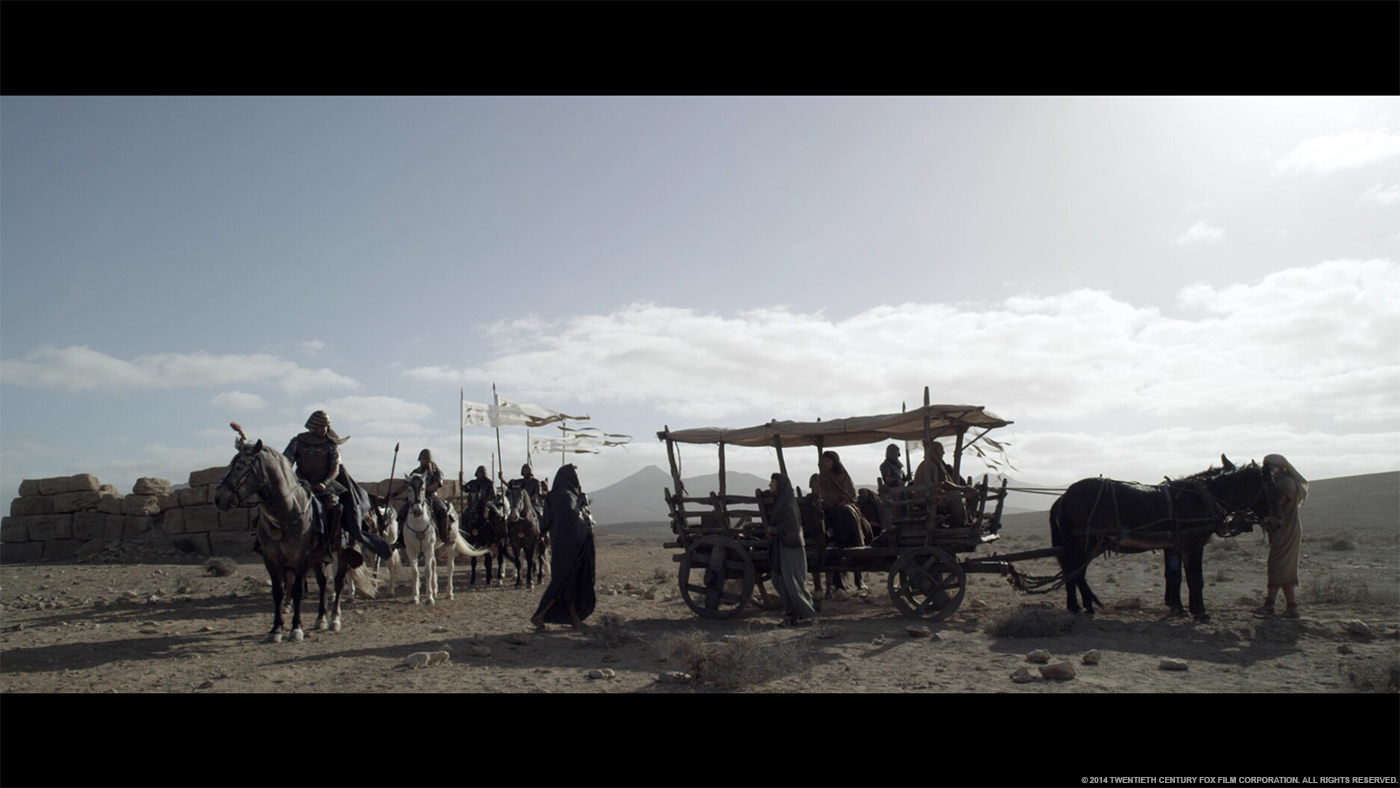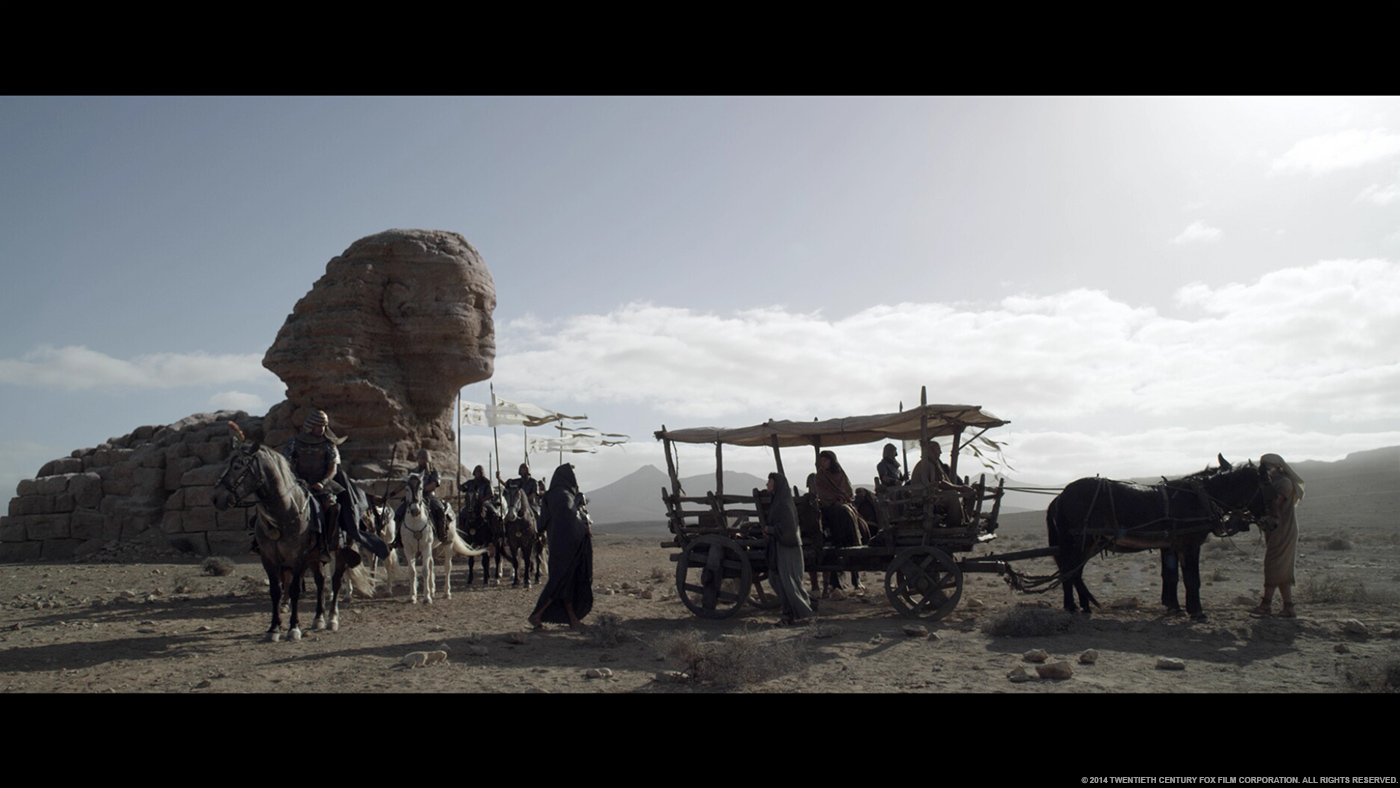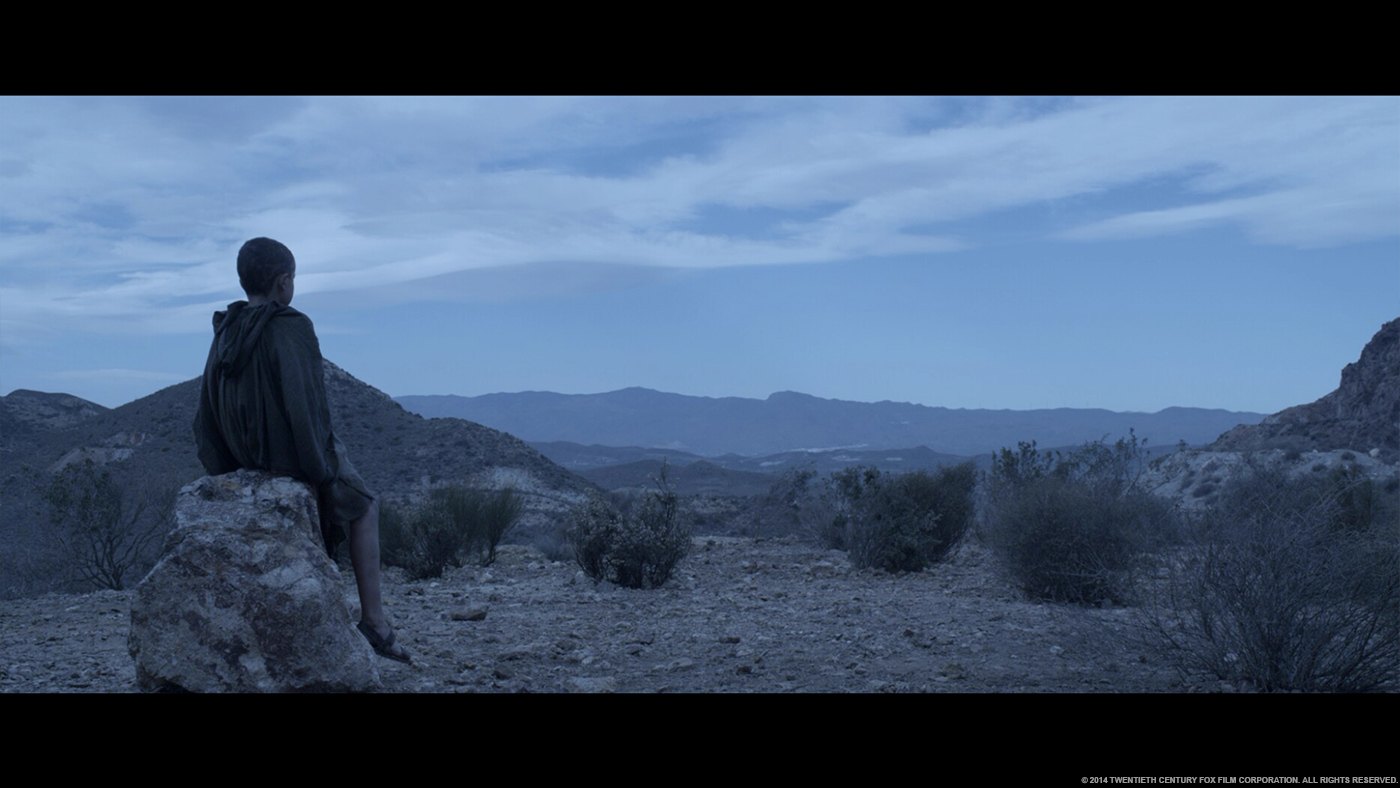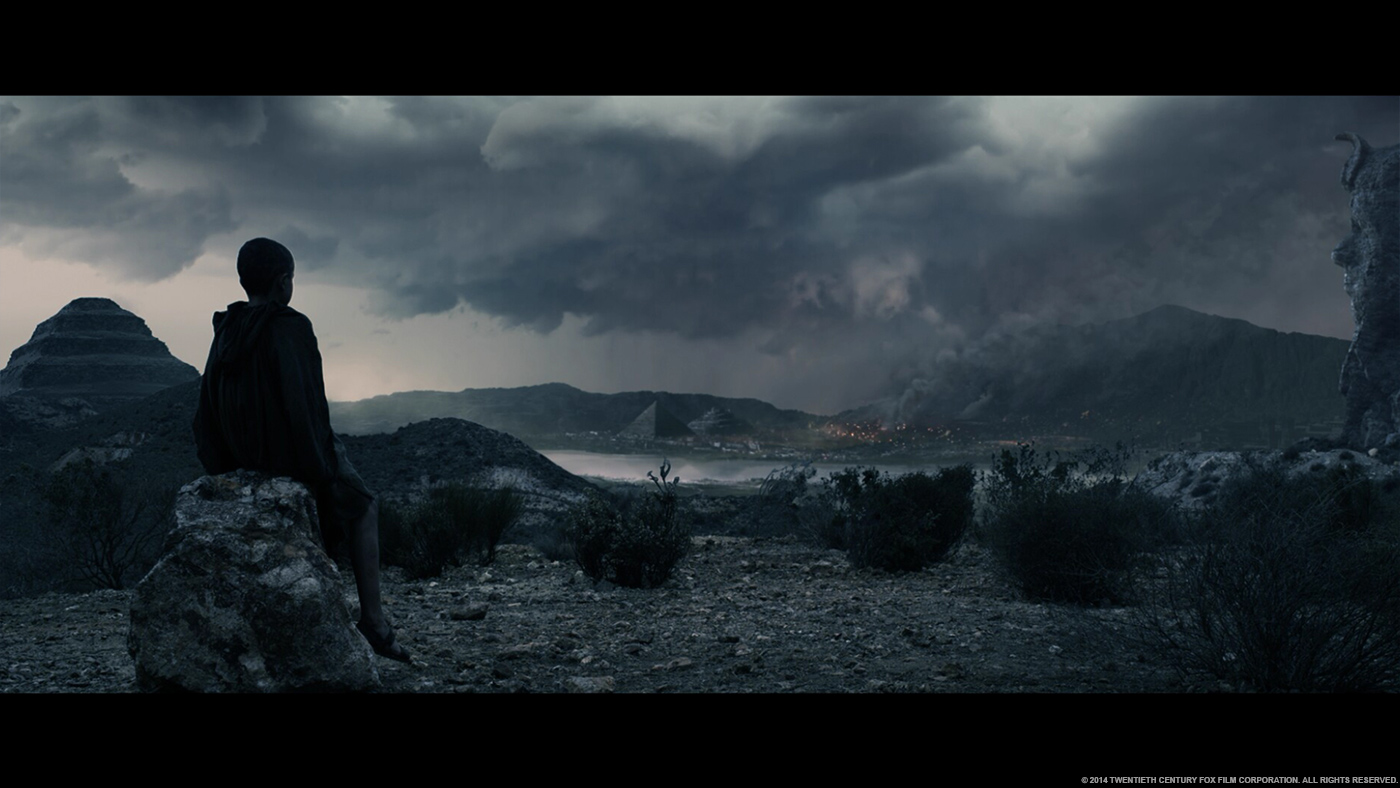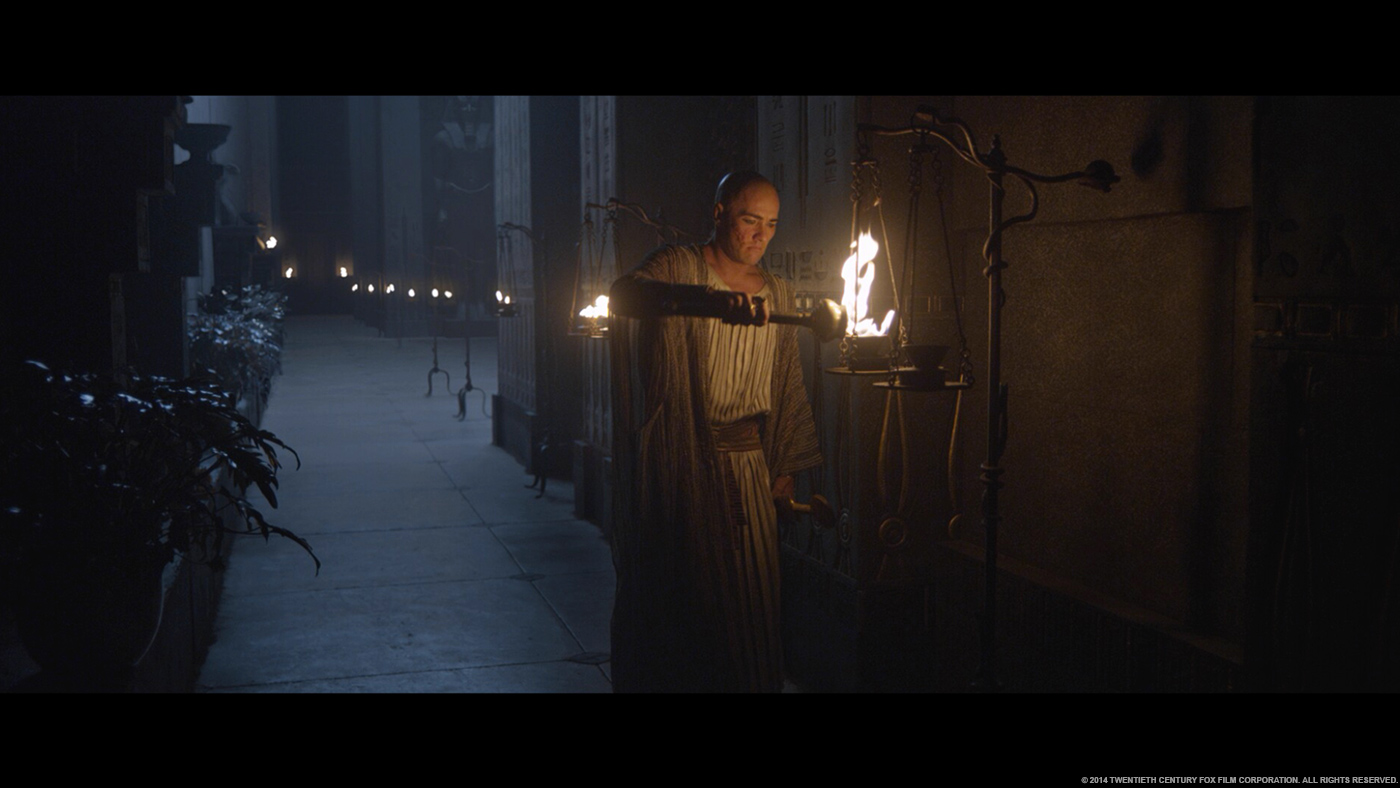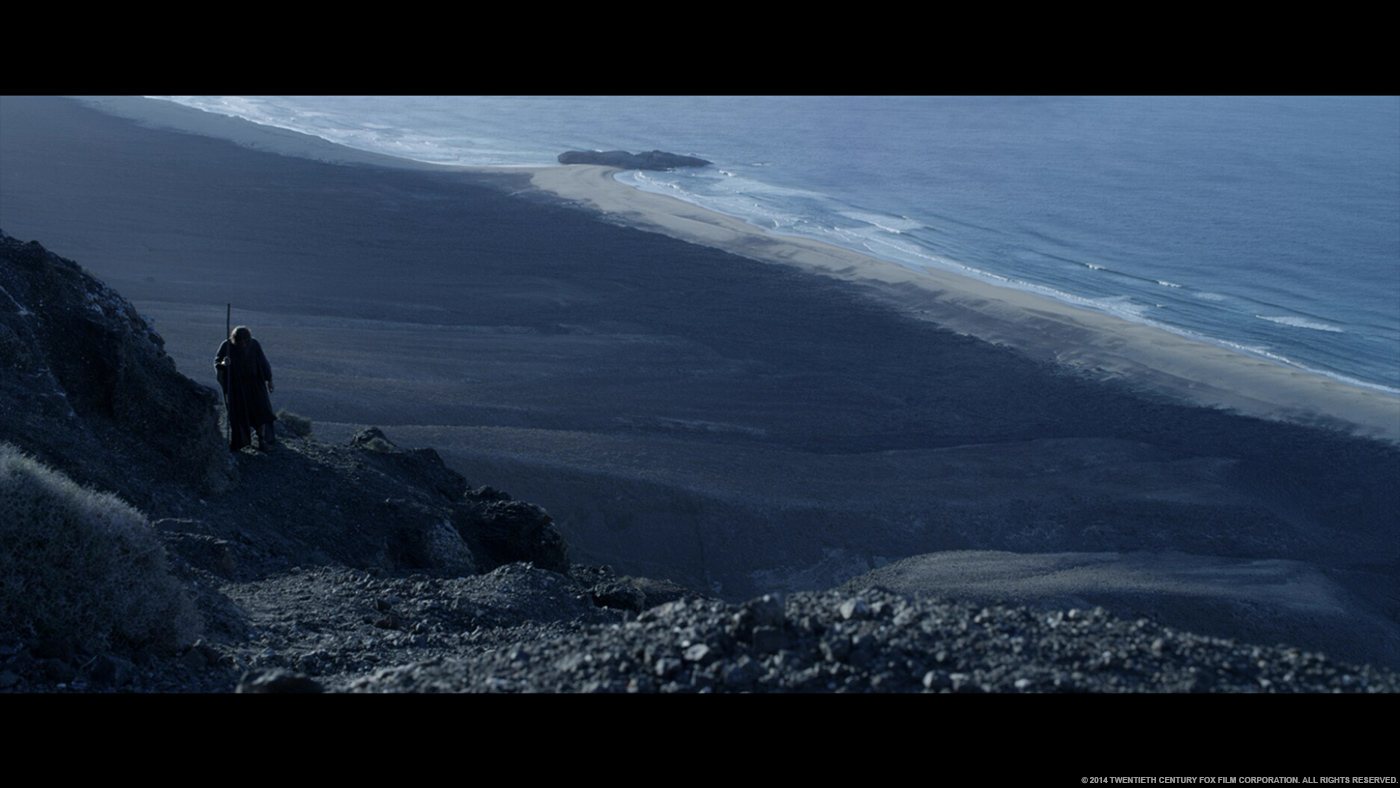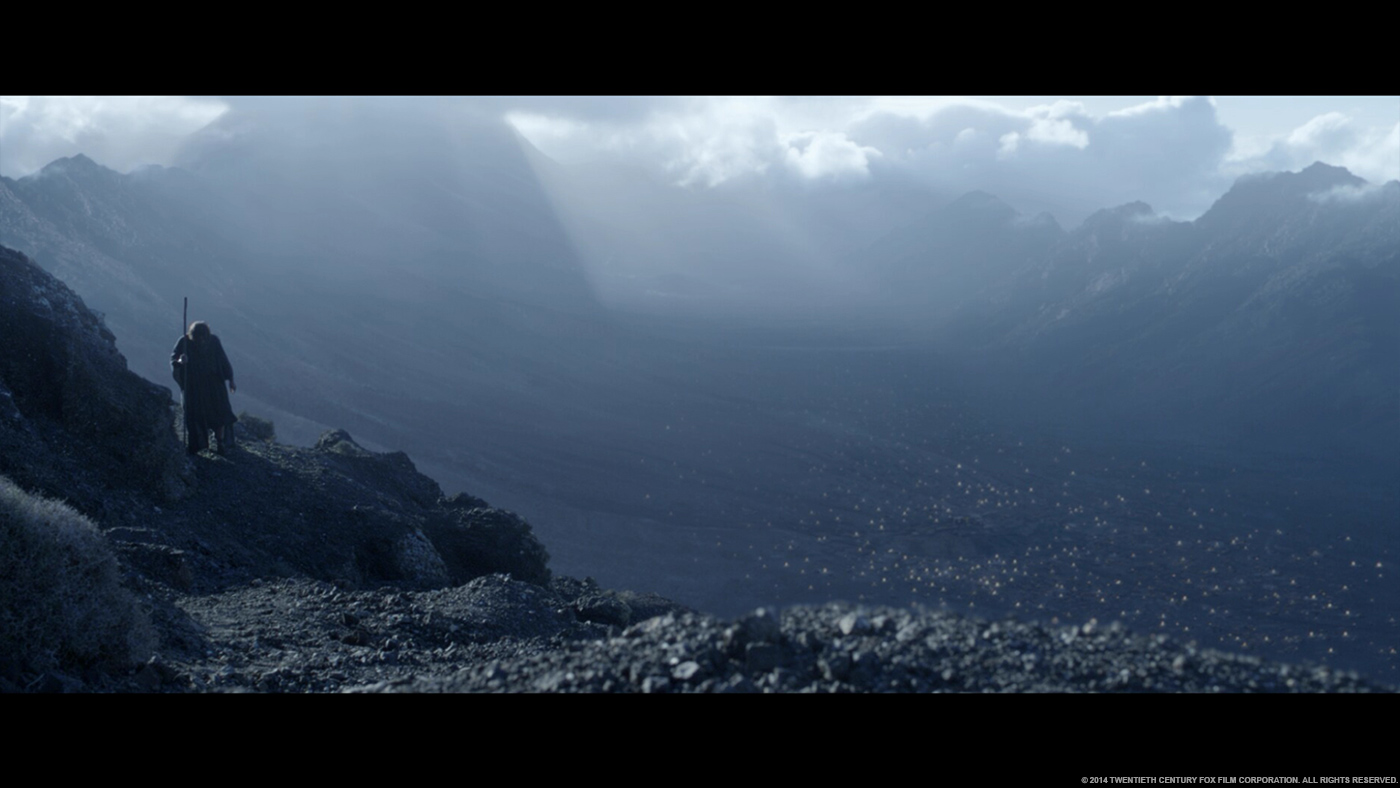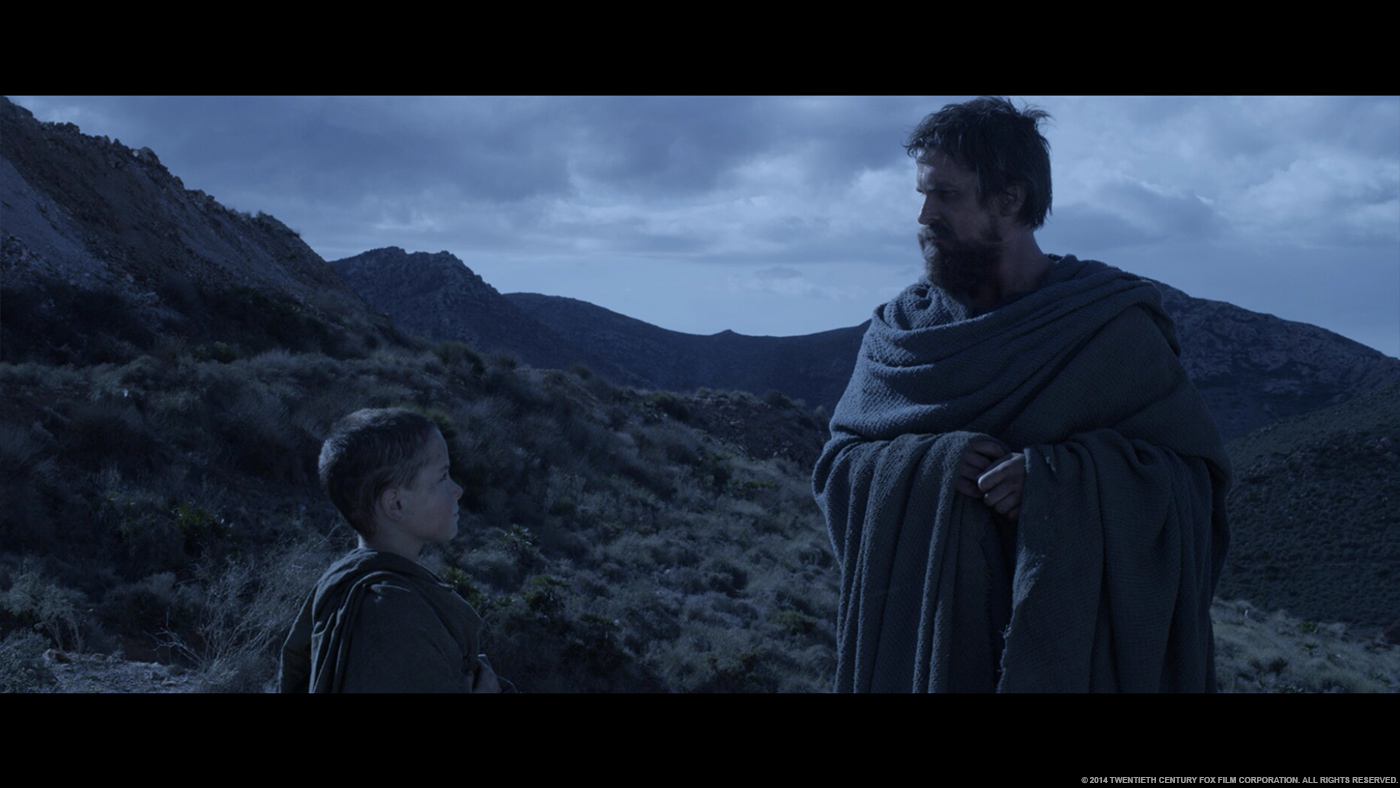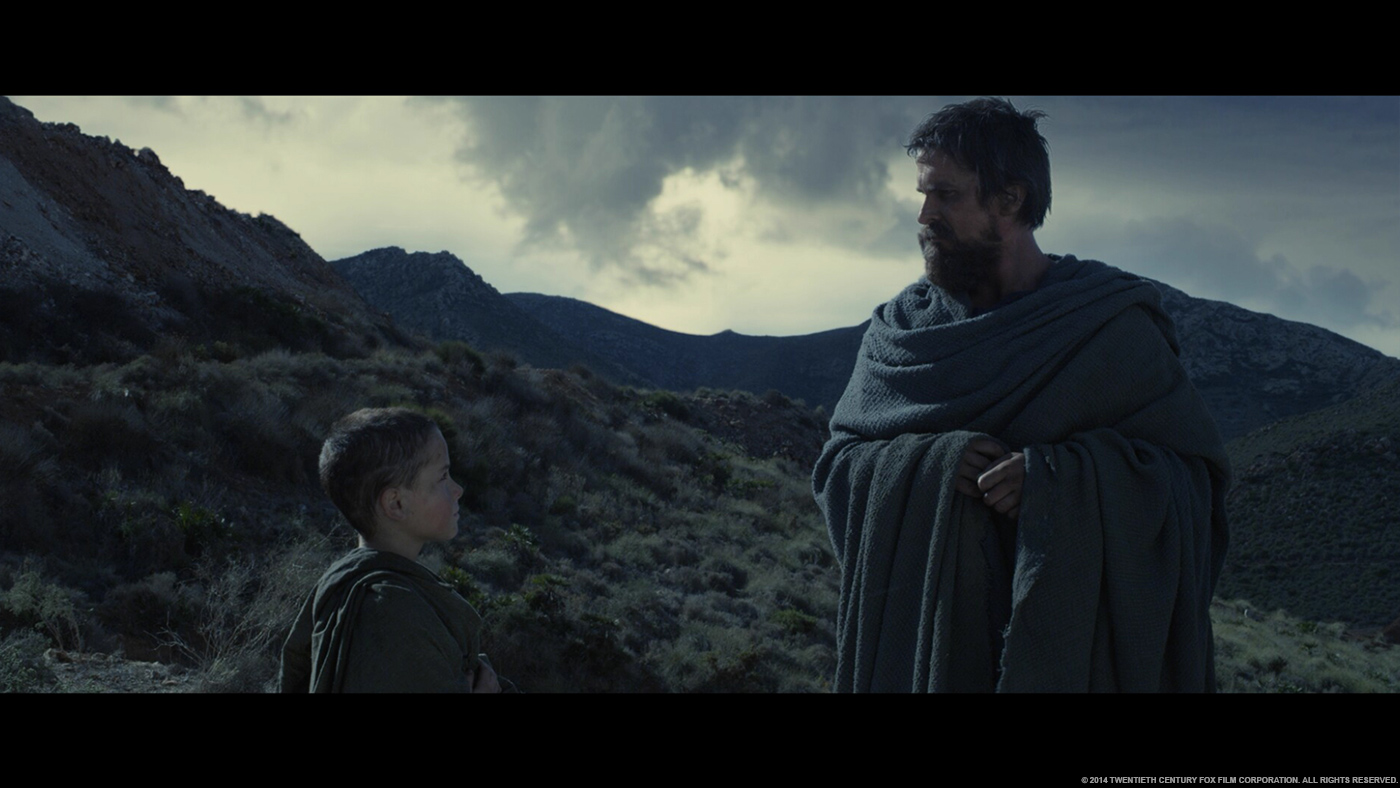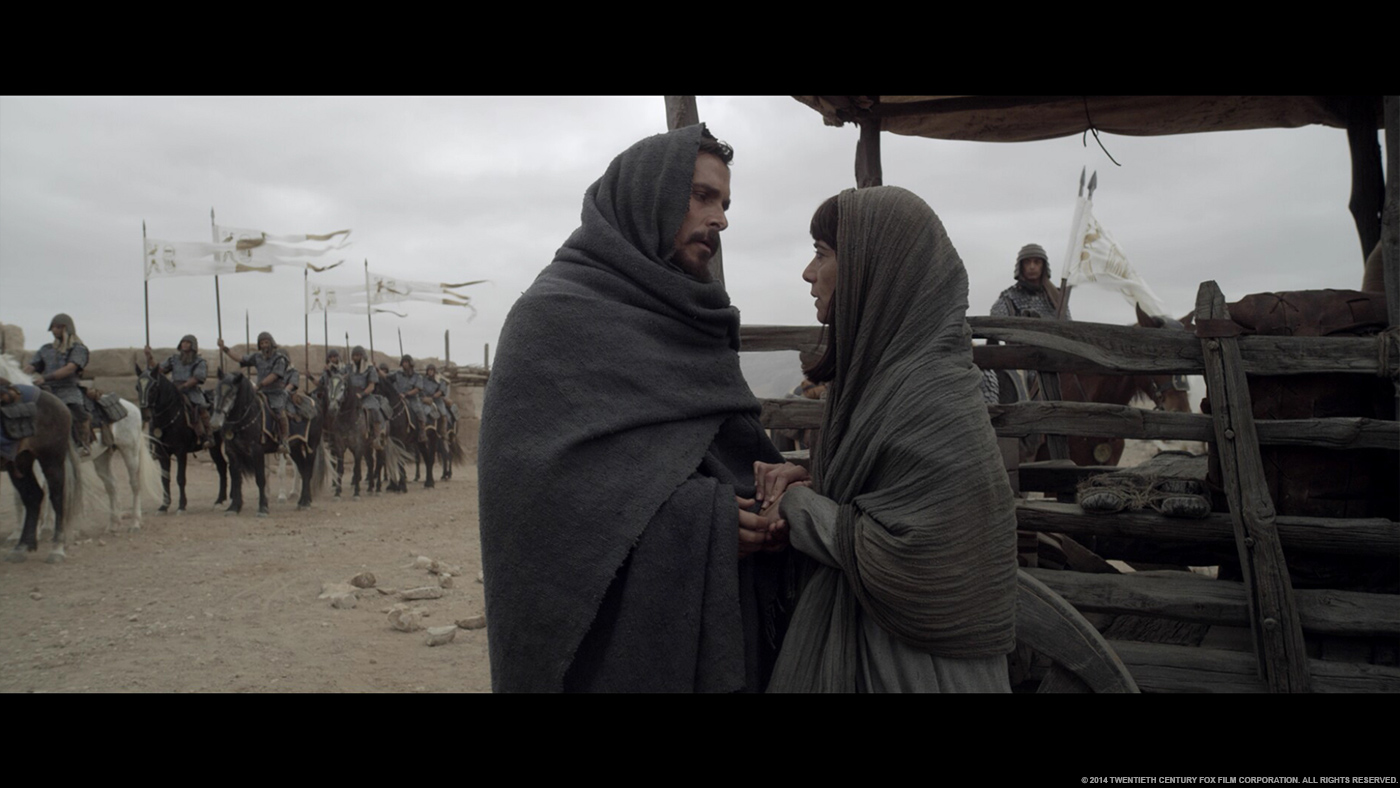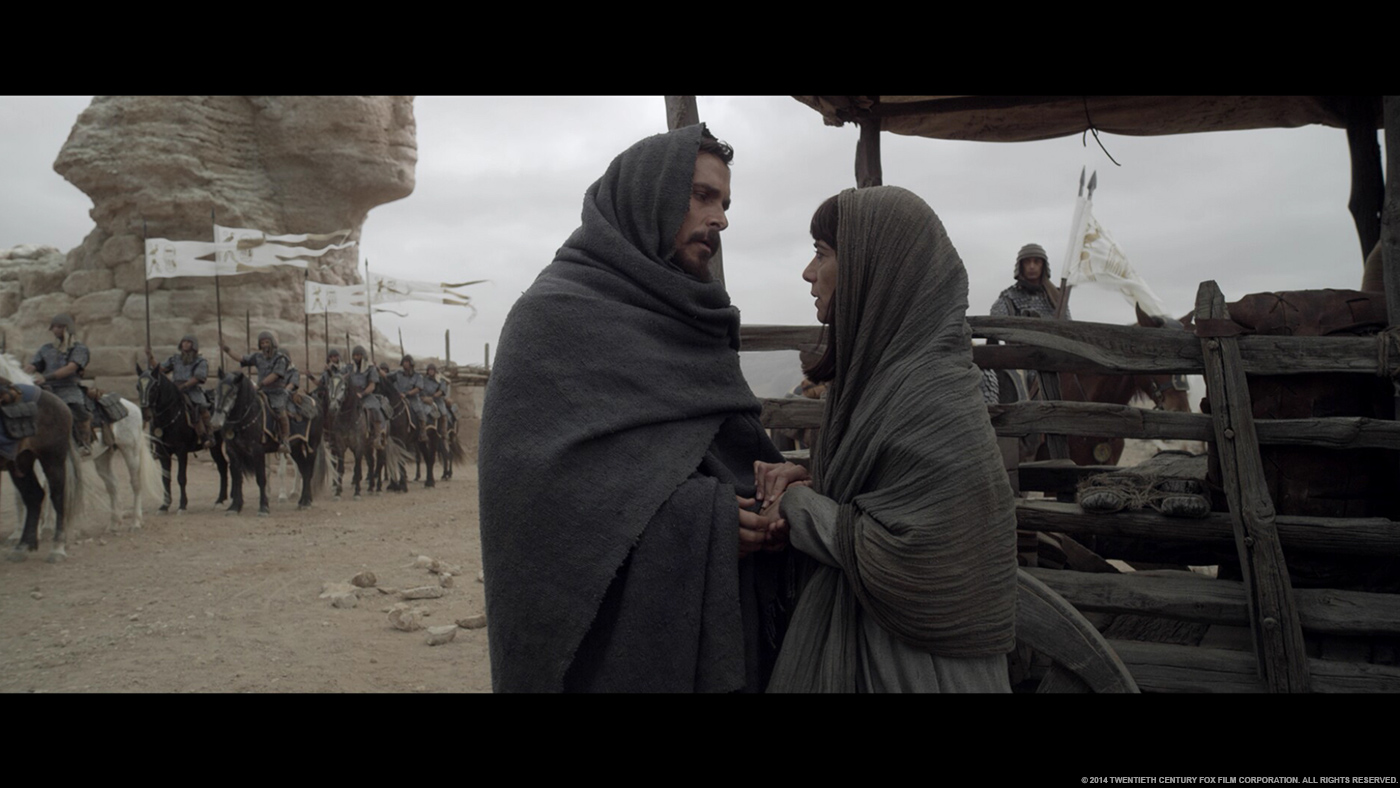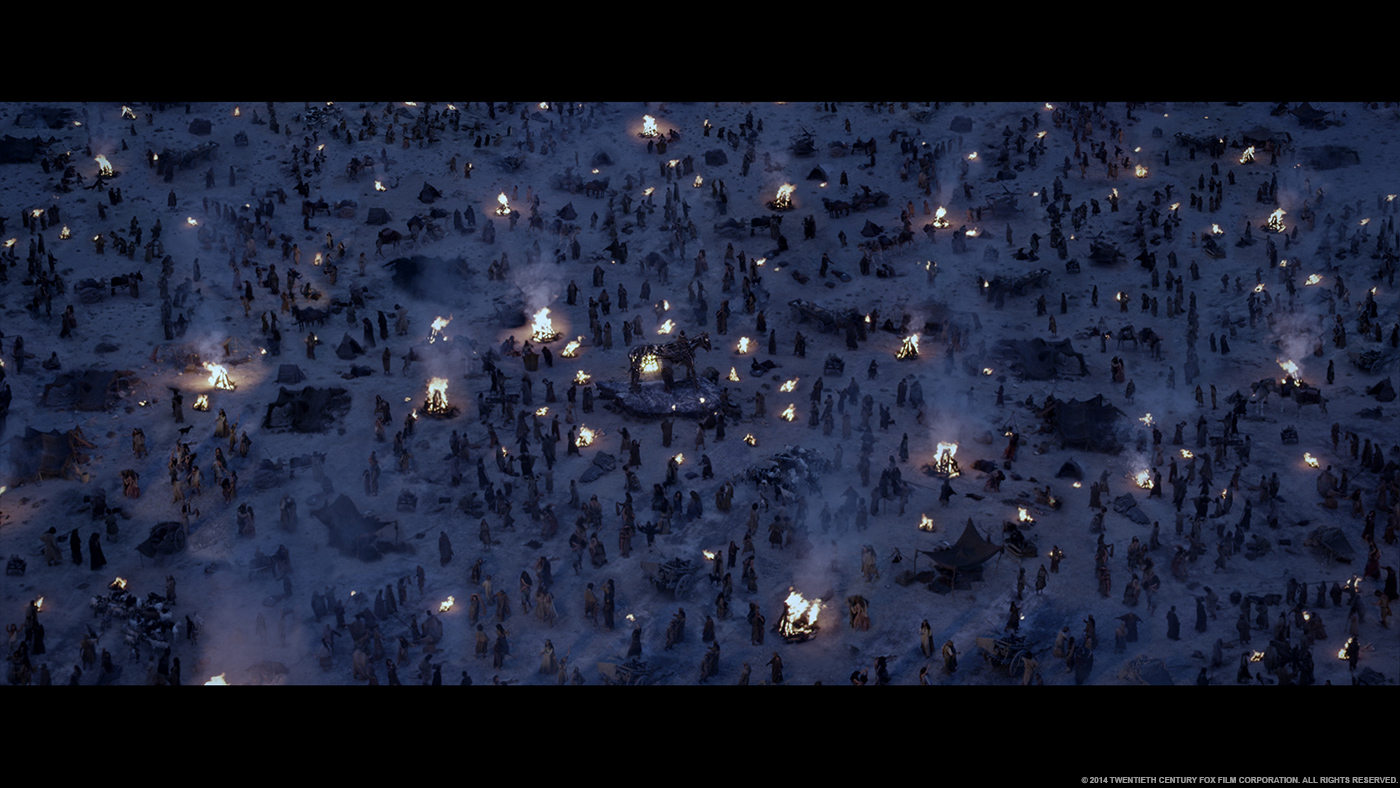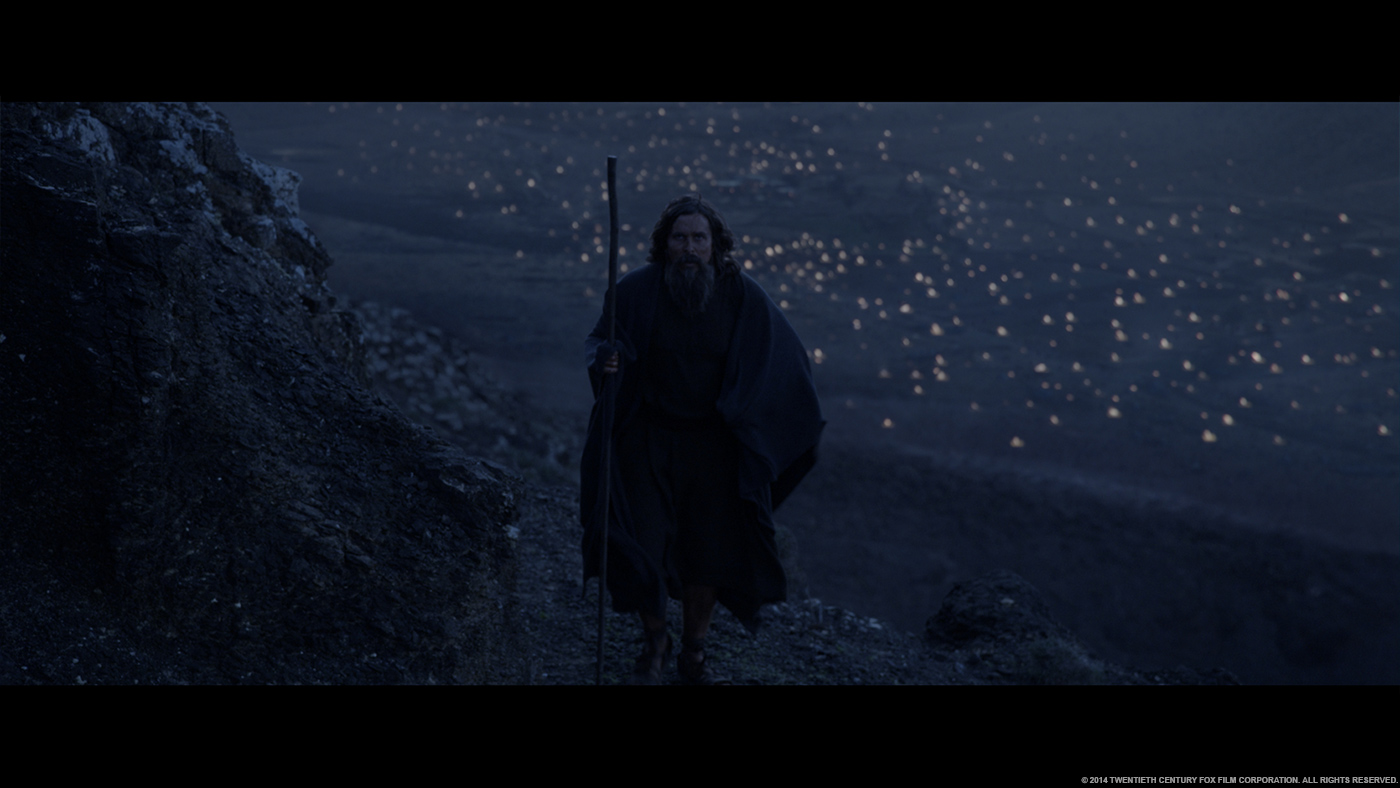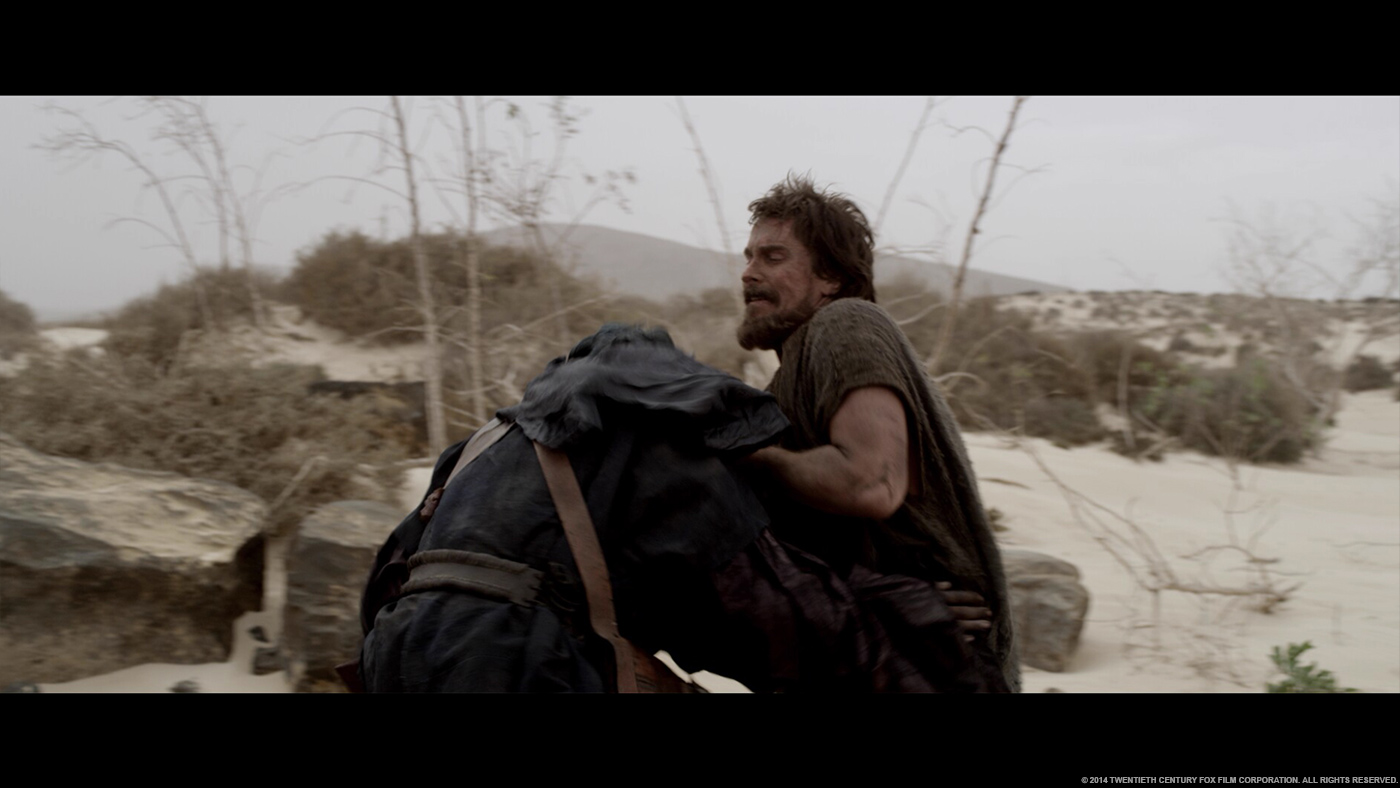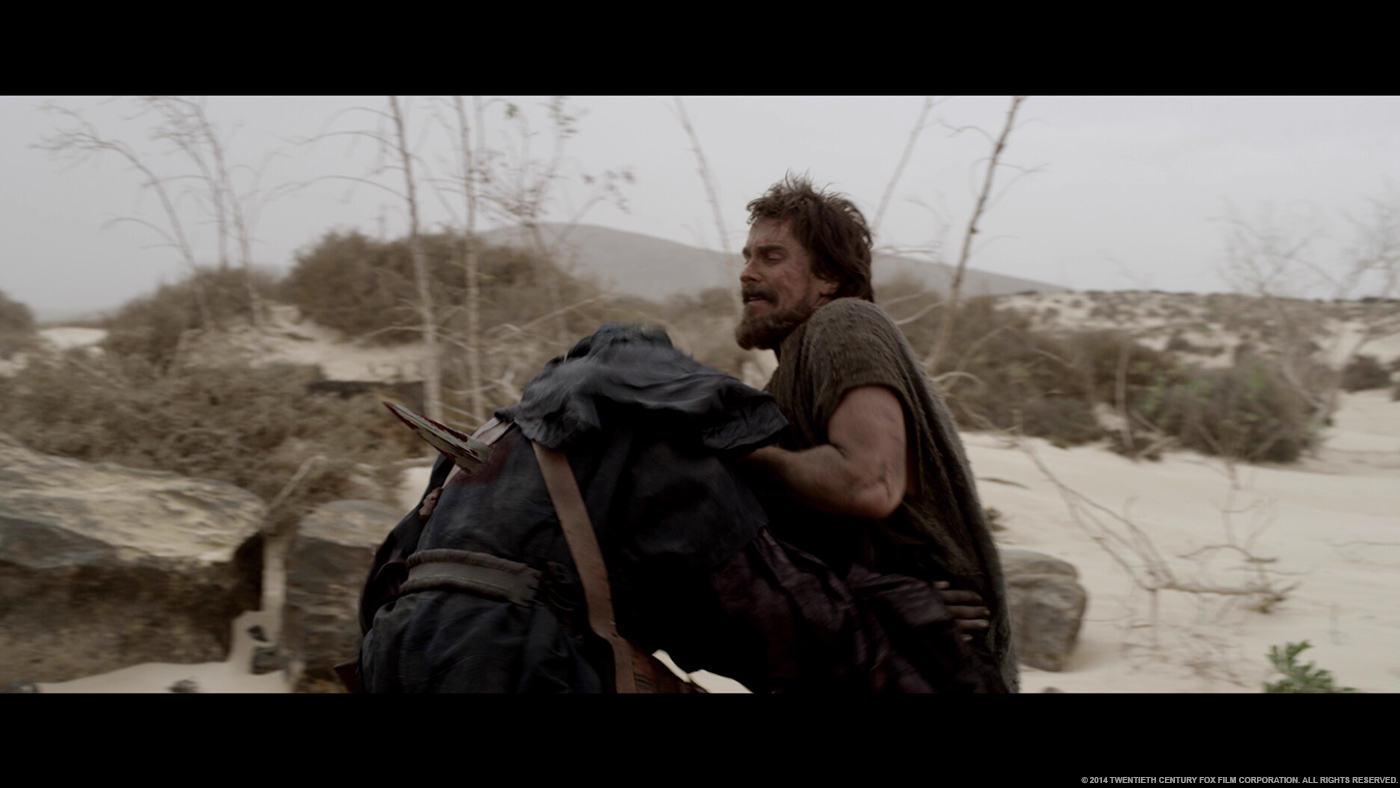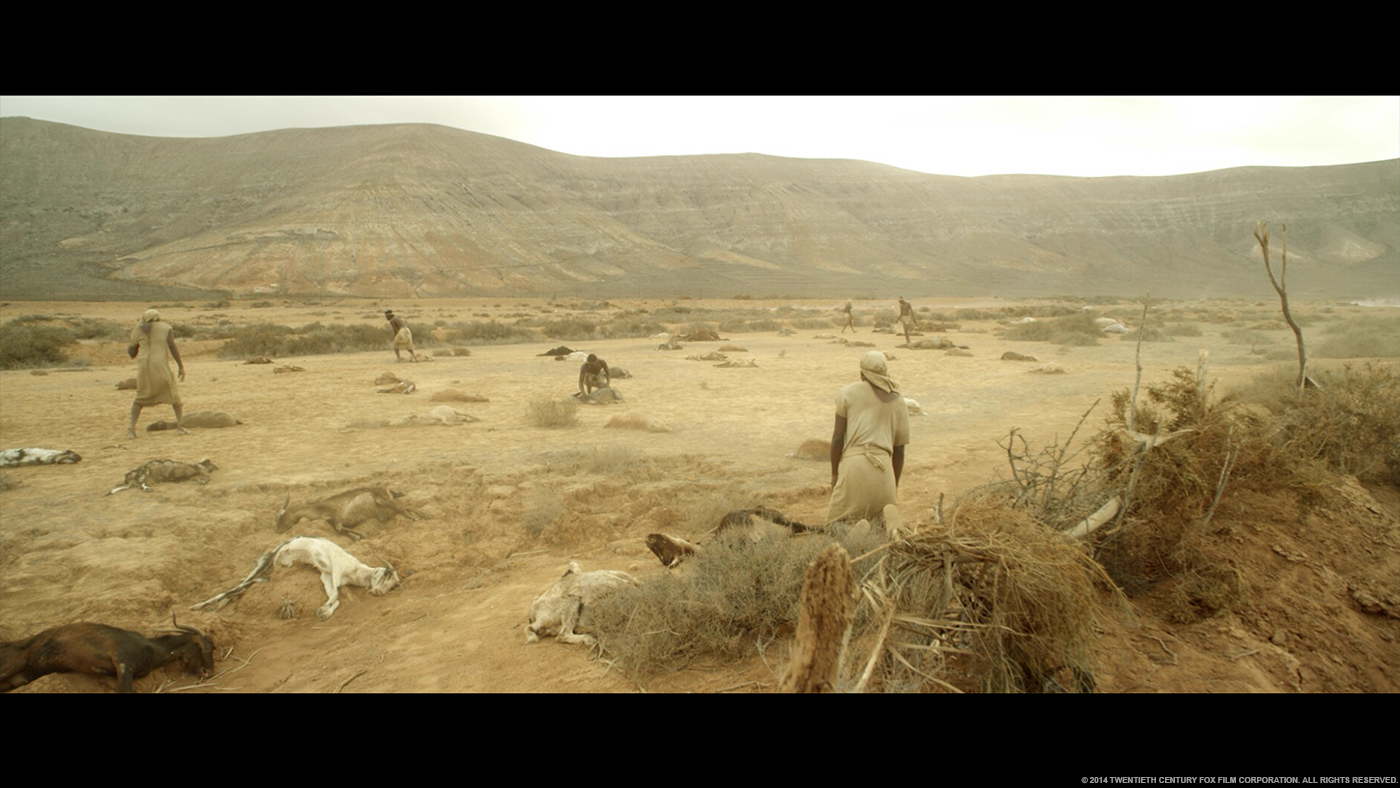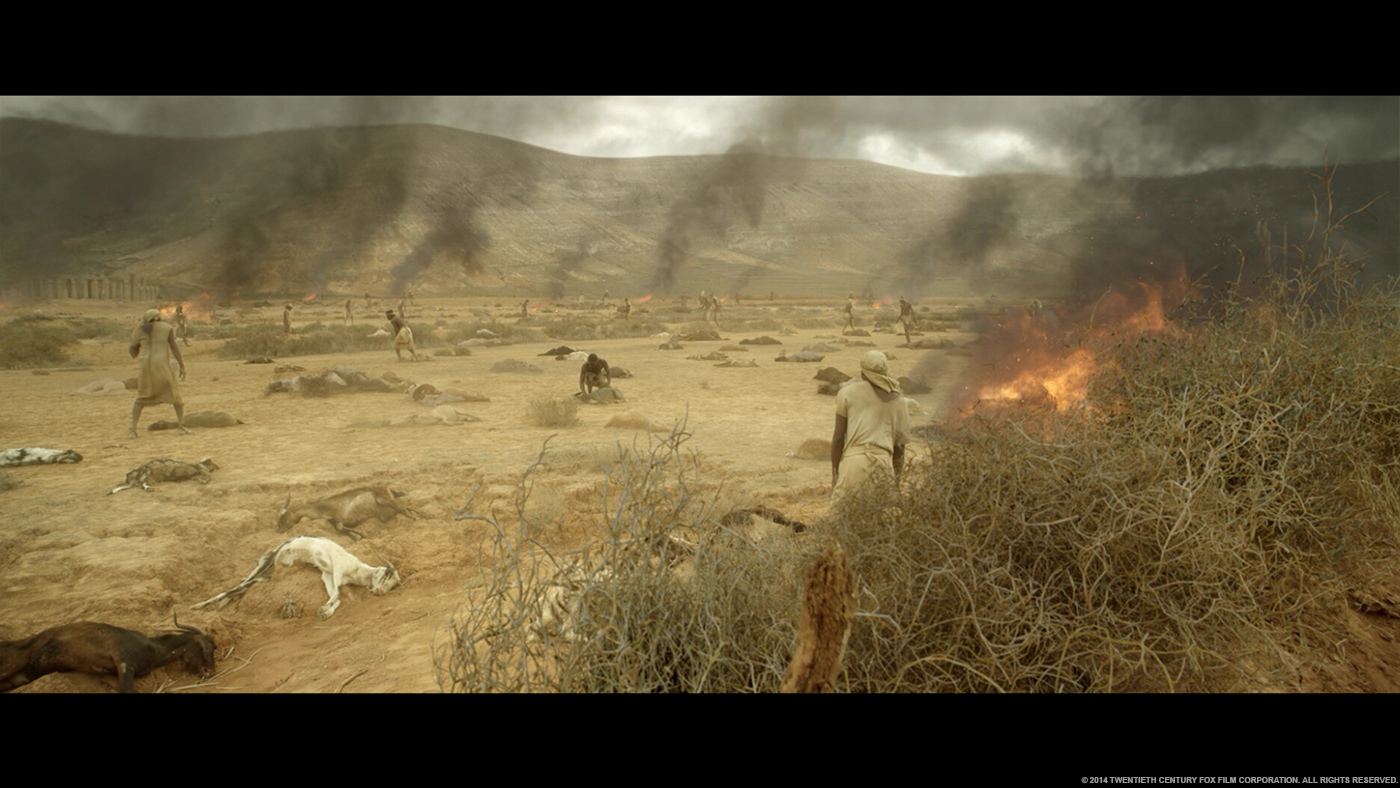Simon Carr worked for nearly 20 years in visual effects. He worked in various studios around the world and on many projects. He oversaw the effects of films such as ROCK OF AGES, OBLIVION, STAR TREK: INTO THE DARKNESS or MONUMENTS MEN.
What is your background?
I started as a runner in a Motion Control Studio in 1991, but moved into compositing by the mid nineties, using the Quantel Henry and then the Quantel Domino on a number of projects. Since 2001, I have been VFX Supervising on set and in post-production.
How did you got involved on this show?
I was asked to take on Supervision in London when Method won a bidding round for some of the work which could not be accommodated by the larger vendors.
How was your collaboration with director Ridley Scott?
We had no direct interaction with Ridley Scott as we presented work through VFX Supervisor Peter Chiang. However, we did get extensive access to concepts and early briefing sketches which were invaluable in allowing us to understand the scale and scope of Ridley’s vision.
What are the sequences made by Method Studios?
We worked on a number of sequences, ranging from a series of scenes which take place over-looking PiRamses from Moses’ army camp, through a sequence in which we needed to add a CG sphinx to over thirty shots, to a sequence in some reeds beside the Nile for which we needed to add a sky and midges among others.
How did you work with the Production VFX Supervisor Peter Chiang?
Peter came in early in our schedule to give us a very thorough brief and regularly throughout the period that we worked on the film. As we are located only a short walk from the production offices, it was easy to organise reviews at short notice if necessary, although we did have regular slots as well. It also meant that it was easy for me to visit Peter at his office when necessary.
Your work involved many set extensions. Can you tell more about them?
We worked on a range of set extensions, varying from almost entirely DMP to full CG. In those scenes in which we were adding PiRamses and the mountains behind to landscape shots, we received base renders from Dneg which we then graded and enhanced with DMP in order to fit their use in our sequences. We added 2D skies, adding movement in Nuke. For set extensions in the palaces and temples of PiRamses, we built set extensions based on lidar that we received of set pieces and columns which we then re-purposed to make areas that had not existed in the physical sets. And in a sequence in which Moses is exiled, we added a full CG sphinx to a part-building that was on location – matching our textures and lighting to that which existed in the plate.??In most cases, we had access to extensive lidar which made tracking and integration of the elements very straightforward, especially with the existence of stereo cameras.
What was the most difficult set extensions or matte paintings and why?
The most challenging environments were those requiring sky replacements as the exact look was not established when we began work. As a result, we needed to go through a few iterations of the scenes in order to arrive at a look for the scene that satisfied Ridley Scott. This is not unexpected, and was mostly challenging because any changes would affect a large number of shots, which on a stereo film is particularly challenging for a smaller team such as ours. However, as our team is also experienced and organised, changes could be incorporated quickly and changes turned around in a few days.
From a technical point of view, a long scene in which we needed to support a day for night grade, with day skies replaced with stars, and lighting on the landscape adjusted for night – darkening toward the horizon – proved challenging mainly because we needed to adjust the original photography whilst still leaving plenty of range to allow DI to complete the final look. Once we’d discussed options – and tried a couple of tests – with Company 3, we were able to find a comfortable middle way that met the needs of both VFX and grading.
The various skies in this movie have a specific look. Can you tell us more about that?
The skies needed to feel epic and yet begin in the real world as there needed to be a sense that the phenomenon being visited upon the Egyptians was something that could potentially happen for real. Production had sourced a series of reference images, and for one scene we researched a photograph which both Peter Chiang and Ridley Scott particularly liked and managed to find the original photographer – who has taken a lot of photographs of storm cells and dramatic cloud formations. Having provided that information to production, they were able to secure the original images as RAW files from the photographer, and we used those as a basis for our work. To add some movement in the clouds, a combination of distortion processes were set up in Nuke. Movement in most scenes was kept subtle to just add a little life, but for the hail storm sequence, we followed Dneg’s lead as they have a huge scene within the city; they supplied us with their base sky which we extended, adding more dramatic movement to the clouds to get the required epic feel.
How did you create the Sphinx?
The sphinx had been designed by production and the base existed as a set on location. We received a base model from MPC, which we remodelled to add detail in order to enable us to use it for a range of shot sizes. We were also supplied with lidar for the base and surrounding landscape, which enabled us to set up a tracking scene into which all the cameras were placed and aligned. Production supplied HDRI photography for both sunny and overcast lighting conditions, which we used for our lighting. Rendering with Arnold, we were able to add a limestone material shader and then produce bespoke textures to add weathering; so as soon as we had all of our tracked cameras, we were able to render the full scene with sphinx in place. Other than a couple of tweaks to the shape and size of the back of the sphinx, there were very few changes required and the CG part of the scene went very smoothly.
Can you explain in details about the crowd shots?
Our crowd shots were quite incidental. In one of the shots in which anthrax has killed the Egyptians’ cattle and goats, we made a selection of digi-extras based on those in the plate to be able to fill the landscape into deep background. By mixing these with 2d shot elements on cards, we were able add scale without requiring a high-end crowd solution. In another instance, we swelled the numbers of Moses’ army, adding some action to help guide the eye into the scene and even replacing a live-action extra who was entirely static during the take.
How did you created the fire elements?
Fire and smoke fx were generated in Houdini, using the surrounding practical shots as reference. Passes were given to comp to enable the artist to control the saturation, colour and transparency of flames. The addition of heat haze made a huge difference to the realism of the fires.
Can you tell us more about the midges?
In a sequence in which Moses finds the Nile turning to blood, Ridley wanted to increase the sense of tropical heat by adding some midges amongst reeds which had been shot against a bluescreen. We replaced the bluescreen with a sky, matching plates that had been shot by the second unit in Egypt, and then set about adding midges. The first thing our artist tried was a particle simulation in Nuke, and it was just one of those moments when the first approach works perfectly. The feedback was that Ridley loved the midges and we ended up adding them to a few more shots.
How did you handle the stereo challenges?
We already had a stereo pipeline in place from work on WRATH OF THE TITANS, so our CG work was up and running in stereo fairly quickly and our comps were set up in stereo from the beginning, although we originally worked on the left eye to final before delivering the stereo comp version. So, from a VFX point of view, the stereo aspect of the show was not too difficult. The biggest challenge came in the re-alignment of the right-eye plates to match the left. Inevitably in stereo projects, there will be a disparity between the two eyes (differences in exposure, colour, lens flares, lens distortion, vertical alignment and so on) and we used a combination of Ocula 3 & 4 from The Foundry to achieve this match. We worked closely with Gareth Daley, the show’s Stereo Supervisor, to ensure that our right eye plates were approved before they went into comp finals, which made the stereo approval process of comps quicker – although the time required to achieve very high quality eye matches did push some of our schedules a little.
Was there a shot or a sequence that prevented you from sleep?
I don’t believe so. Although we had some long days, I was always confident that we were delivering what we’d been asked to and briefed, and our relationship with production remained good throughout.
What do you keep from this experience?
This was certainly one of the most enjoyable projects I have worked on as our relationship with Peter Chiang and his team was always positive and enjoyable – which meant that it felt like we were meeting challenges together.
How long have you worked on this show?
Six months – from June to November 2014.
How many shots have you done?
We delivered 162 shots to final.
What was the size of your team?
In Method London we had a maximum team size of about thirty artists (half comp and half CG) with a total studio size of 55. In addition, a small team in LA took on five shots and we also outsourced some matchmove and roto.
What is your next project?
I have just begun prep and asset work for sequences on GEOSTORM.
What are the four movies that gave you the passion for cinema??
As with many people of my age, STAR WARS made a big impact on me and was the first moment I remember feeling I wanted to be involved in making movies. BLADE RUNNER also made a big impression. As I was child and teenager during a particularly strong period of sci-fi film-making, I would also add CLOSE ENCOUNTERS OF THE THIRD KIND and E.T. I do love many other movies, but those are the four that made a particular impression when I was young.
A big thanks for your time.
// WANT TO KNOW MORE?
– Method Studios: Dedicated page about EXODUS: GODS AND KINGS on Method Studios website.
© Vincent Frei – The Art of VFX – 2015


